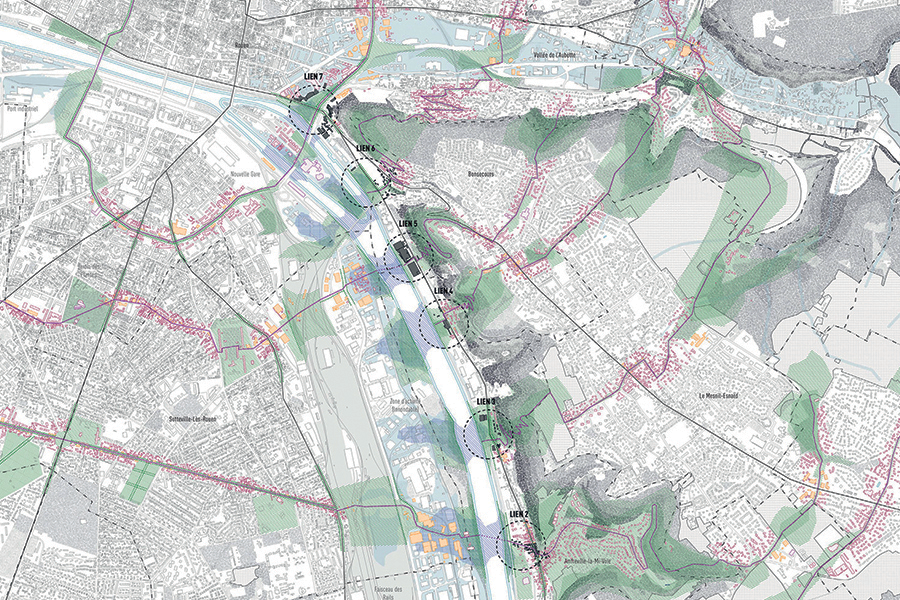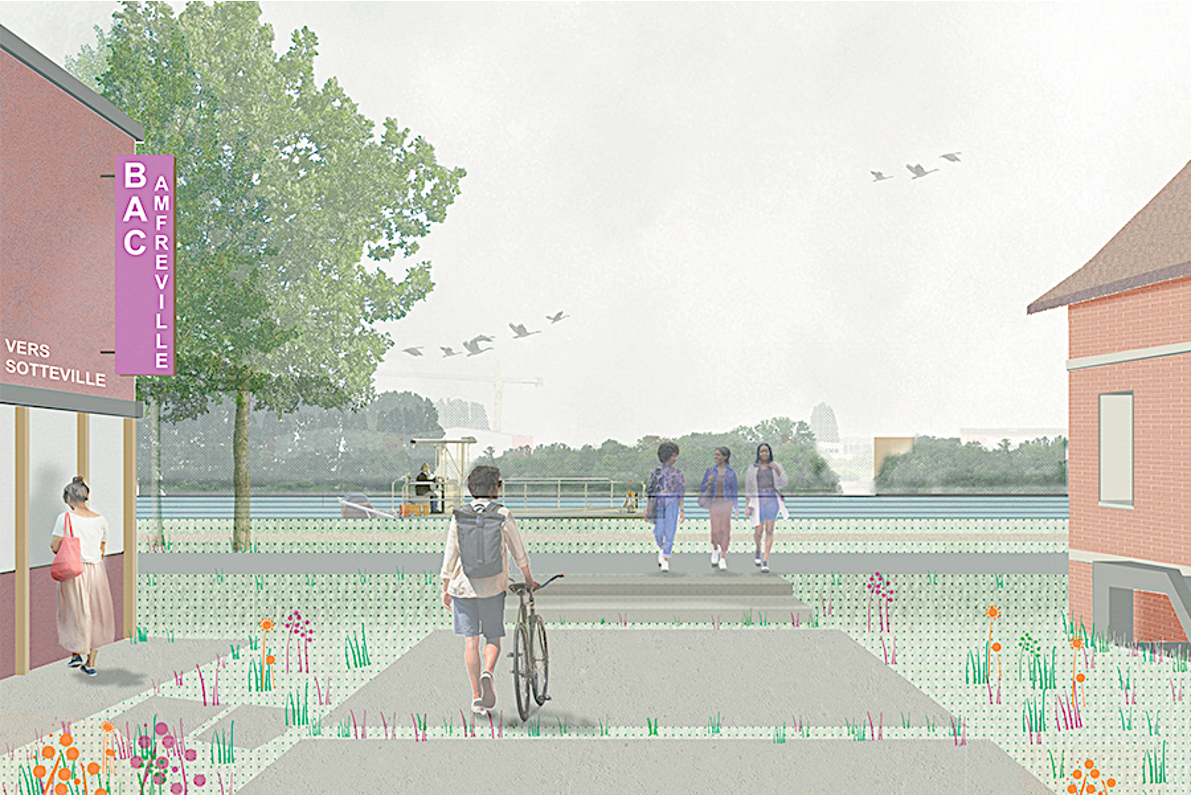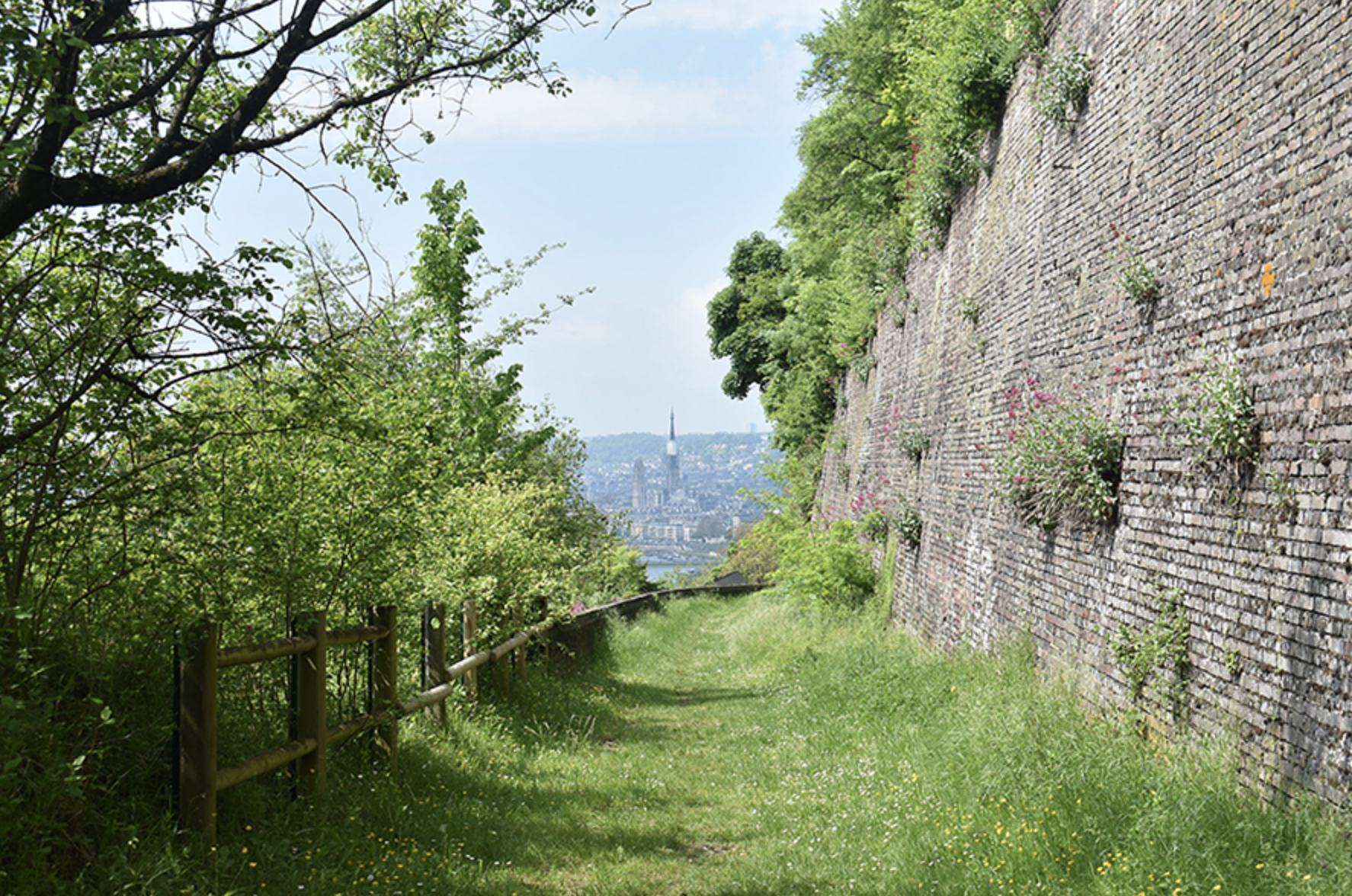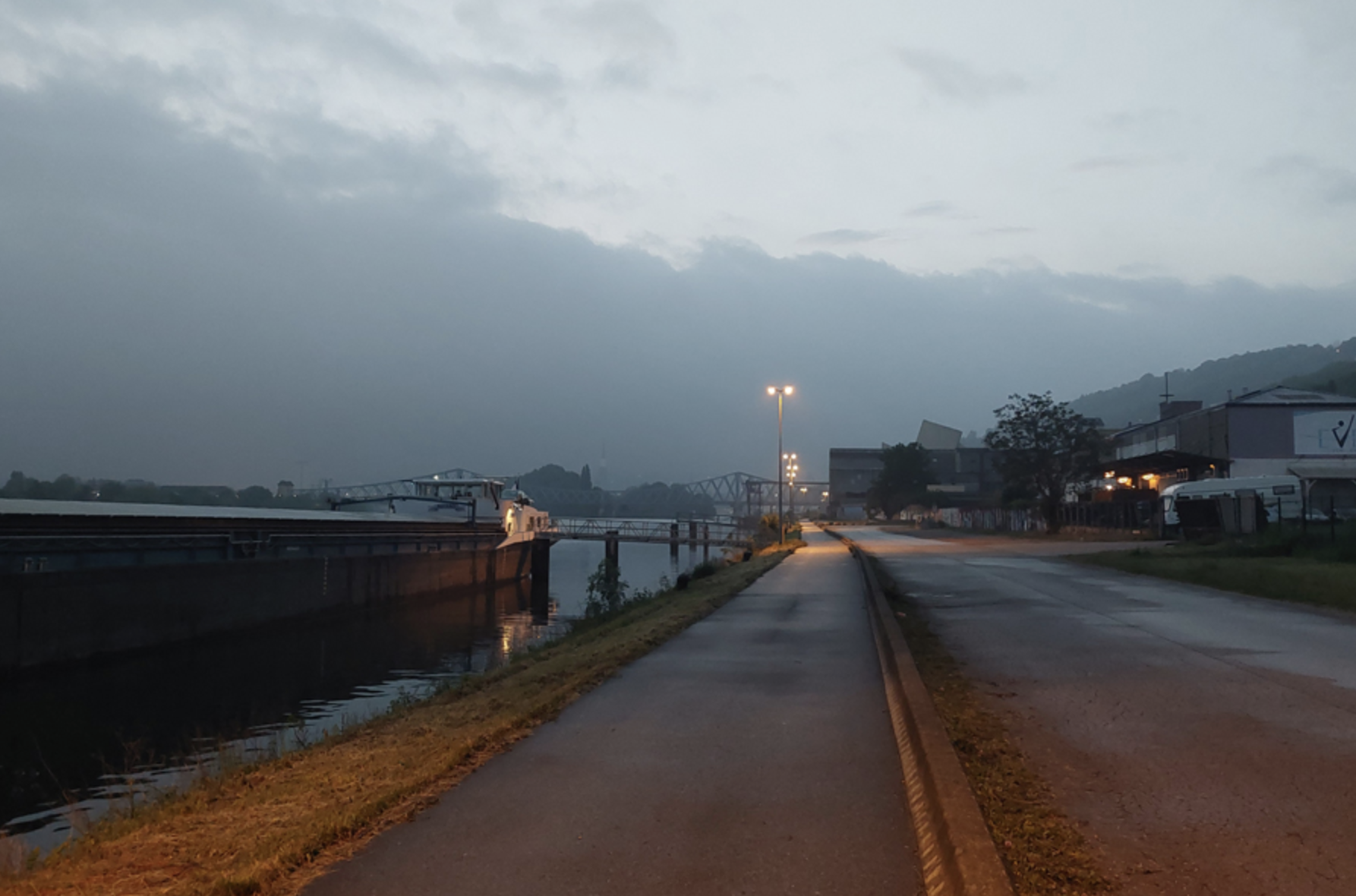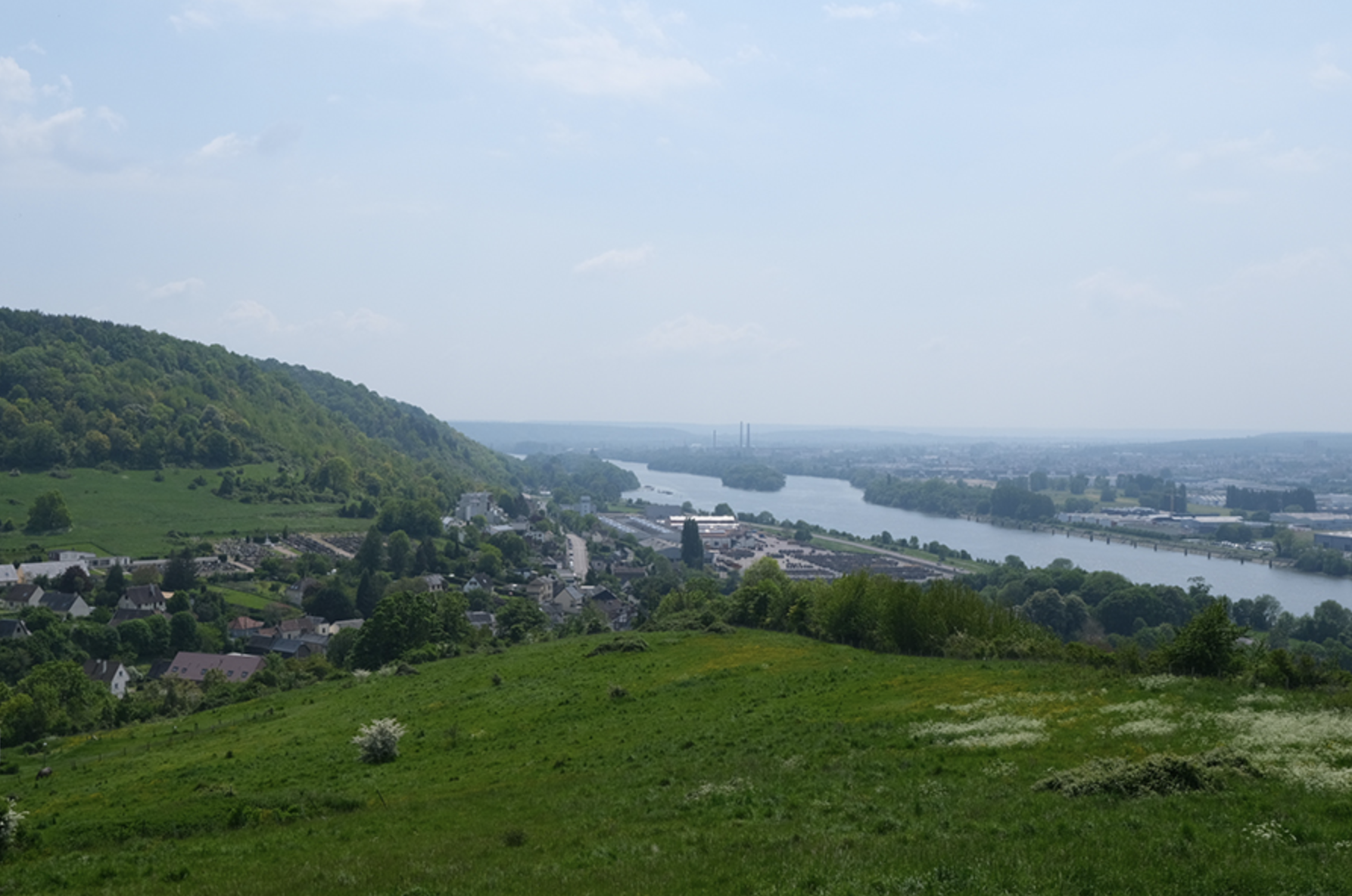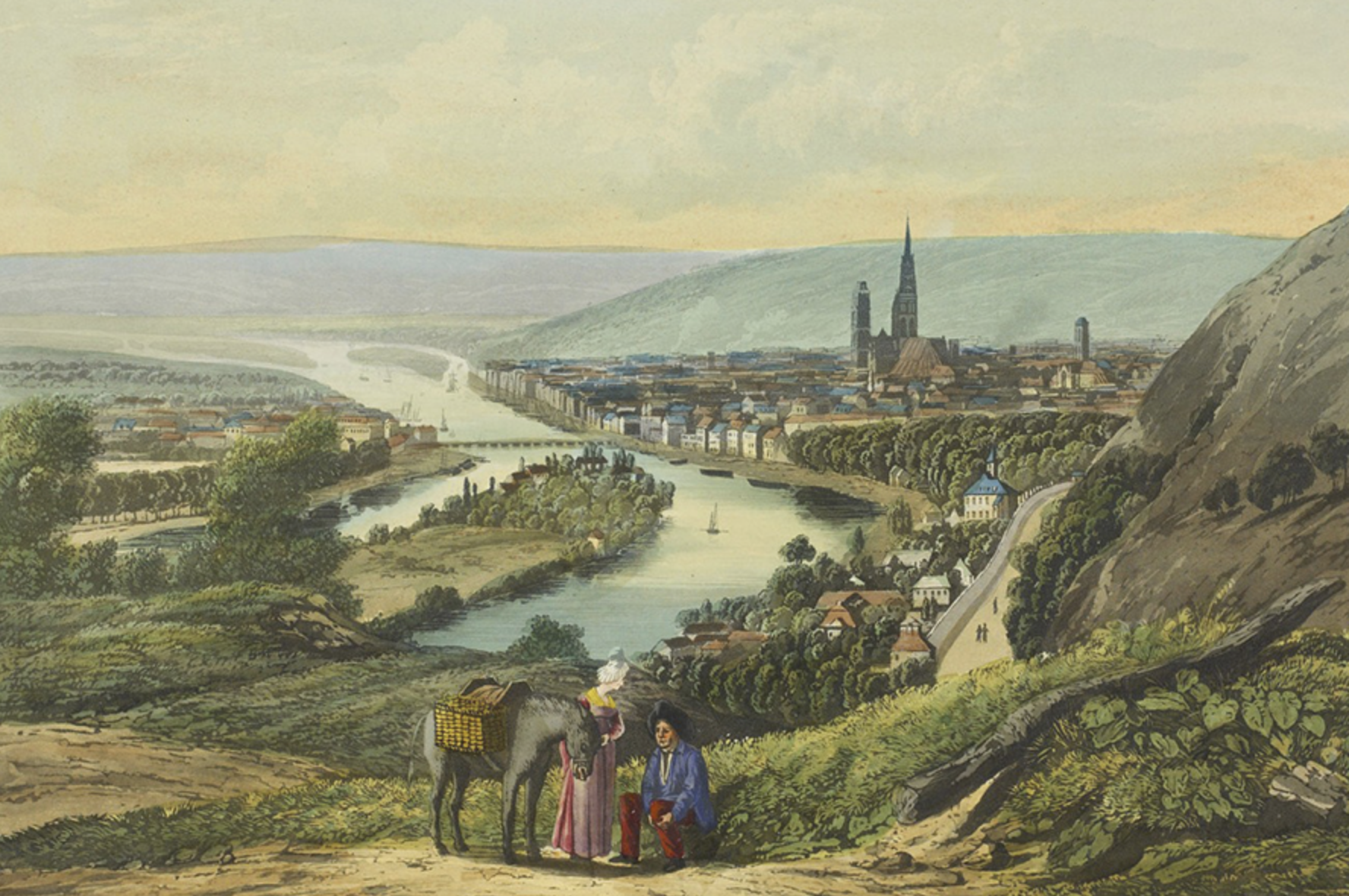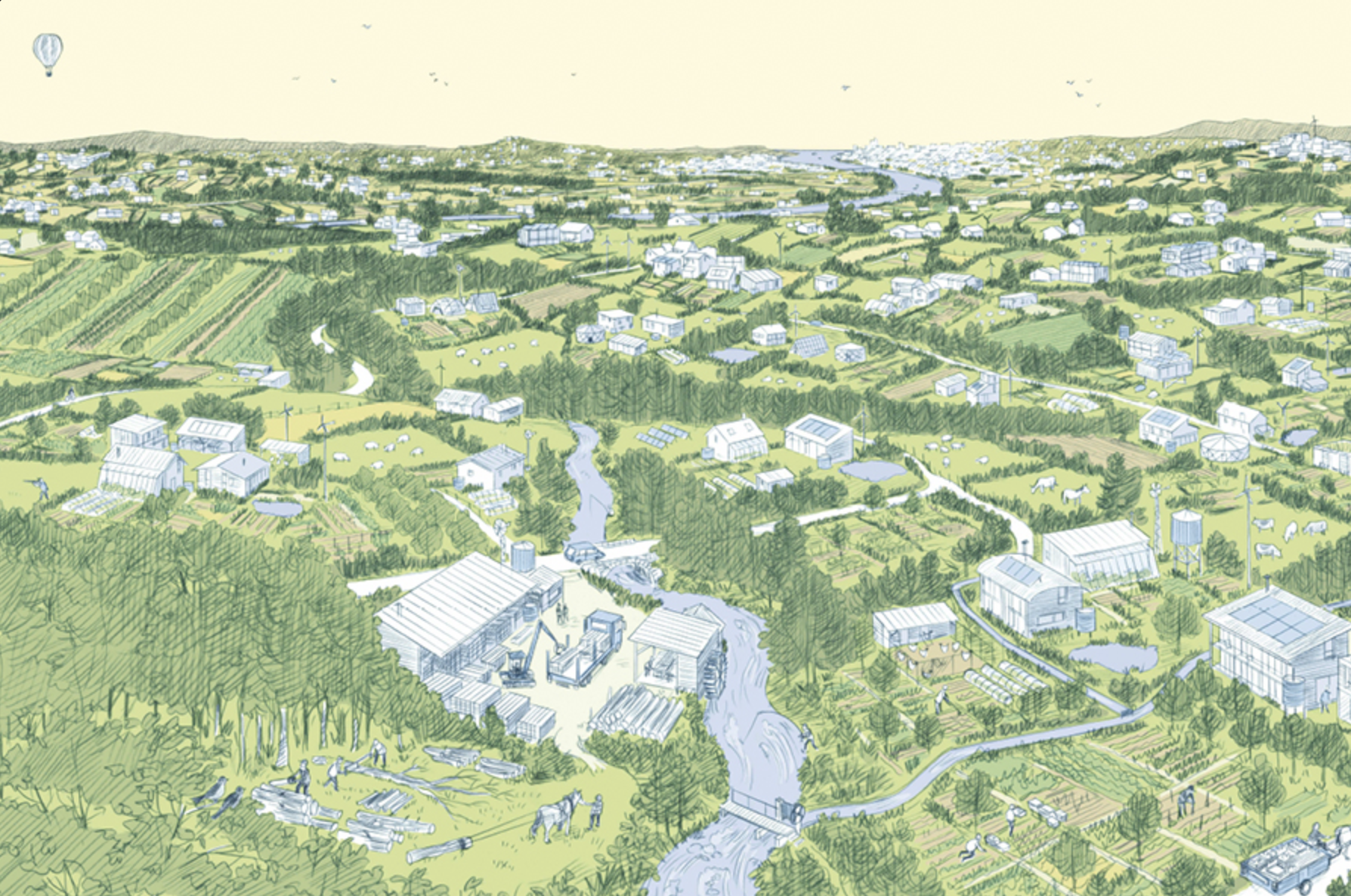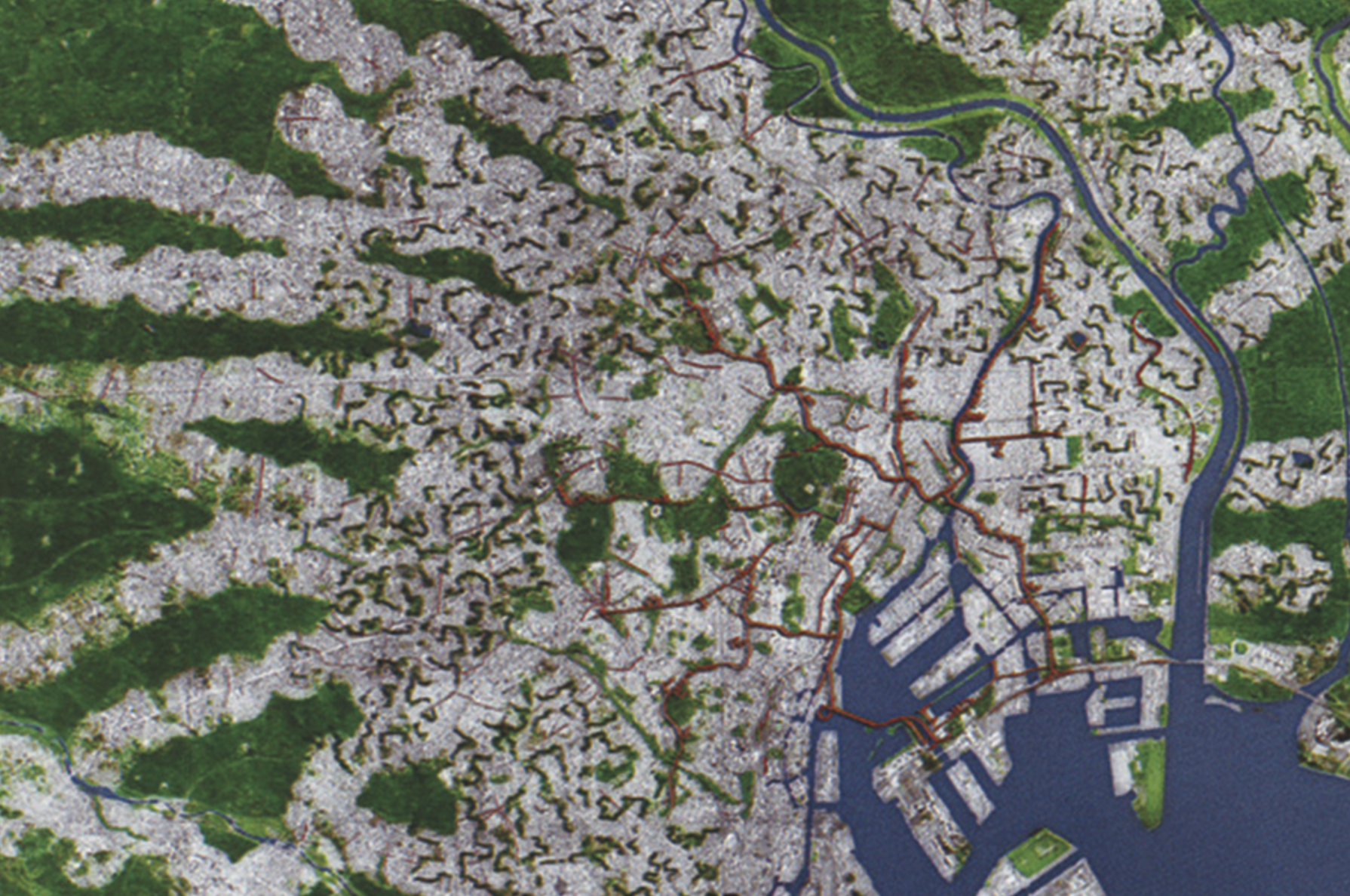Aux Fibres de l'eau
Métropole Rouen Normandie (FR) - Mentionné

TEAM PORTRAIT
VIDEO (by the team)
INTERVIEW
Click on the images to enlarge
1. How do you define the main issue of your project in relation with the theme “Living Cities Imagining architecture taking care of the milieus”? And in which way do you think your project can contribute to an ecological and/or social evolution?
The project considers both spatial and thematic transversality of the Seine river. As such, it allows new connections to be made across the territory and within ecosystems. These connections materialize in what we refer to as transversal fibres. Extensive field work allowed us to identify human and non-human stakeholders to activate within this framework, and propose a new geographic dynamic within this site that we found to be full of potential for the metropolitan area of Rouen.
2. How did the issues of your design and the questions raised by the site mutation meet?
The initial brief offered a wide entry point to a very large and complex site. We narrowed this down by including many discussions in our workflow, with local mayors, business owners, climate activists, religious leaders, residents and even naval specialists. These conversations along with our own research into local, regional and global trends plus case studies allowed us to stitch together pieces of narratives into a comprehensive image for the future of the territory.
PROJECT:



Rather than trying to solve a problem, in such a project we strive to define the challenges a territory is facing and unravel the intertwining parameters that are at play, and use architectural and urban tools to shape policy. Members of the team have led similar processes in Southwest Flanders (Belgium), advocating for the sustainable development of a cultural landscape.
SITE:



The project proposes the silhouette of a future oriented vision or image for the development of the site. This image is the result of a careful mediation between key stakeholders that were identified, and urgent spatial and thematic questions that need to be addressed. We sincerely hope that this proposal can contribute to dialogues and designs so that we might assist policy in converging towards sustainable and impactful development projects for this site.
REFERENCES:



The four of us met while studying at Ecole Nationale Supérieure d’Architecture de Paris la Villette (ENSAPLV) and have been friends for almost a decade. Some of the members of the team already had experience of working with each other on architecture competitions. We started working on different fields : architecture, structural engineering and urban studies in vulnerable geographies.
6. How could this prize help you in your professional career?
The prize in itself recognises the potential our team has in leading similar processes in other geographies. We are looking forward to pursuing both the research and design that we initiated in this proposal with local policy makers in Rouen to develop the analysis we have gathered thus far, and elaborate more precise strategies for this fascinating site.
TEAM IDENTITY
Legal status:
Team name:
Average age of the associates: 27 years old
Has your team, together or separately, already conceived or implemented some projects and/or won any competition? if so, which ones?
We’re happy to say that is our first participation to Europan and the first time we win a competition altogether.
